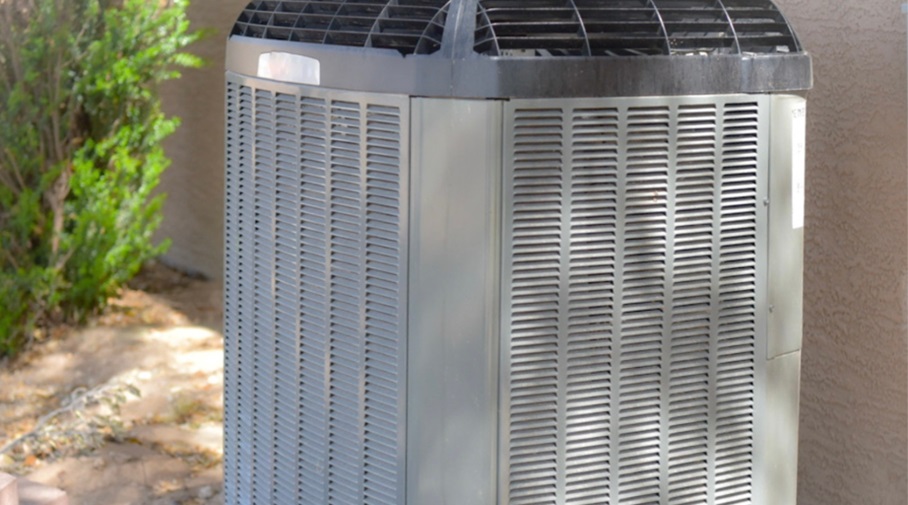Rooftop AC units are popular for commercial buildings and some larger homes, but their location comes with unique repair challenges.
Being exposed to the elements and positioned in hard-to-reach areas creates obstacles that make maintenance and repairs more complicated than ground-level systems.
Let’s break down why these units can be so tricky to service.
Challenges Related to Location and Exposure
Exposure to Harsh Weather – Rooftop units are constantly exposed to sun, rain, snow, and wind. Over time, this exposure can accelerate wear and tear on components and increase the risk of corrosion. The roof placement also makes them more susceptible to damage during storms.
Debris and Dirt Accumulation – Leaves, twigs, and airborne particles can collect on coils and vents. This debris acts like an insulating layer, reducing efficiency and increasing the likelihood of system malfunctions.
Water Drainage Problems – Condensate lines and drainage systems can become blocked, causing water to pool around the unit. Standing water not only damages components but can also compromise the roof structure beneath the system.
Structural Strain – The weight of the unit, combined with vibrations during operation, can loosen fasteners or strain the mounting structure. This can create gaps where water can seep in or destabilize the system over time.
Accessibility and Maintenance Challenges
Difficult Access for Technicians – Rooftop units are harder to reach than indoor or ground-level systems. Maintenance or repairs require additional safety measures and sometimes specialized equipment, which increases labor costs and time.
Deferred Maintenance Risks – Because these units are less accessible, regular maintenance may be postponed. Even minor issues like dirty coils or clogged filters can worsen over time, causing bigger problems that are more expensive to fix.
Internal Component Repair Challenges
Dirty or Blocked Coils – Dirt and debris on condenser and evaporator coils interfere with heat transfer, forcing the system to work harder and putting extra stress on the compressor and motors.
Refrigerant Leaks – Corrosion of copper refrigerant lines is common in rooftop units. Leaks lower cooling efficiency and require careful detection and repair.
Electrical Issues – Wiring problems, blown fuses, and malfunctioning control boards are frequent issues. Troubleshooting these problems can be complex due to the unit’s exposed location and weathered components.
Motor and Fan Failures – Motors and fans may fail because of electrical issues, lack of maintenance, or strain from other problems. Replacing these parts on a rooftop unit is more difficult than with indoor systems.
Thermostat and Control Malfunctions – Inaccurate thermostat readings or control board issues can cause inconsistent temperatures, leading to discomfort or system inefficiency.
Protect Your Rooftop AC
For reliable rooftop AC service and repairs, trust the experts at HELP Plumbing, Heating, Cooling, and Drains to keep your system running efficiently year-round.



